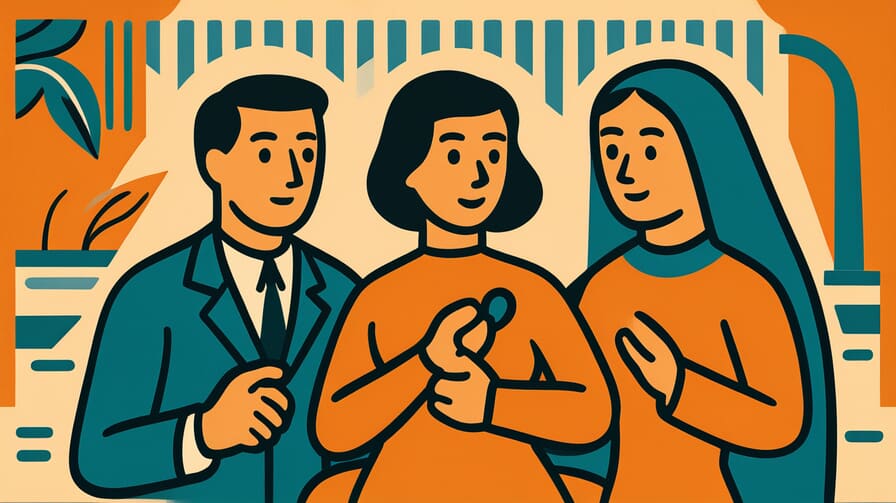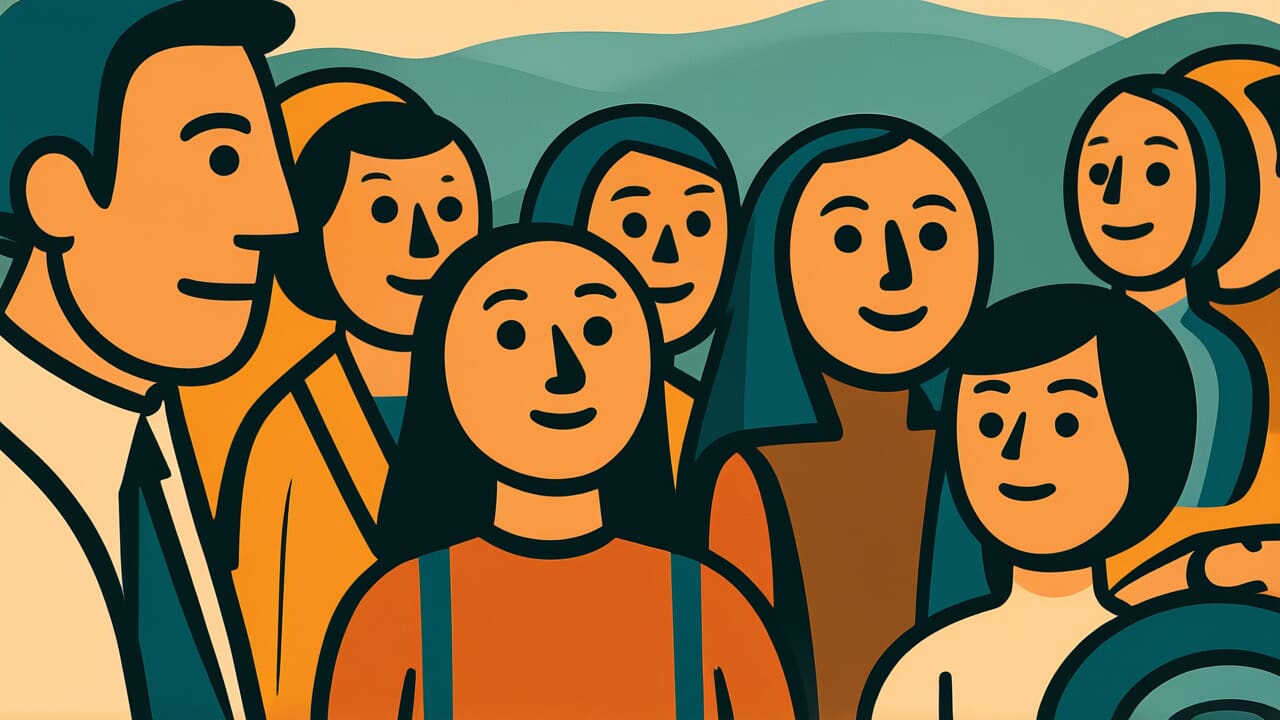[Disclaimer] This article is reconstructed based on information from external sources. Please verify the original source before referring to this content.
News Summary
The following content was published online. A translated summary is presented below. See the source for details.
In 2023, women and girls made up 63.4% of registered human trafficking victims in the European Union, according to data from Eurostat. This represents a slight increase of 0.6 percentage points compared to 2022, when the figure was 62.8%. The report also noted that among suspected traffickers, the proportion of women was significantly lower than men. These statistics highlight the ongoing gender disparity in human trafficking, with females continuing to be the primary victims. The data provides crucial insights for policymakers and law enforcement agencies working to combat this serious crime and protect vulnerable populations within the EU.
Source: Eurostat News
Our Commentary
Background and Context

Human trafficking is a global issue that involves the exploitation of individuals for forced labor, sexual exploitation, or other purposes. The disproportionate impact on women and girls has been a persistent trend, reflecting broader issues of gender inequality and vulnerability. The European Union has been actively monitoring and combating trafficking through various legislative measures and cross-border cooperation efforts.
Expert Analysis
The continued high percentage of female victims in human trafficking cases underscores the need for targeted interventions and gender-specific support services. This data may influence policy decisions and resource allocation in anti-trafficking efforts.
Key points:
- The slight increase in female victims suggests that current prevention strategies may need reassessment.
- The gender disparity between victims and traffickers highlights complex social and economic factors driving this crime.
- More research is needed to understand why women are less frequently identified as traffickers compared to men.
Additional Data and Fact Reinforcement
To better understand the scope of the issue, consider these additional facts:
- The United Nations Office on Drugs and Crime reports that globally, 65% of human trafficking victims are women and girls.
- Sexual exploitation remains the most common form of human trafficking, accounting for about 50% of cases worldwide.
- The COVID-19 pandemic has exacerbated vulnerabilities to trafficking due to economic instability and increased online recruitment.
Related News
This report comes as the EU is strengthening its anti-trafficking framework. Recent discussions have focused on improving victim identification processes and enhancing cooperation between member states to dismantle trafficking networks.
Summary

The persistent high percentage of female victims in EU human trafficking cases demonstrates that gender-specific approaches to prevention and protection remain crucial. While progress has been made in recognizing and addressing this issue, the latest statistics indicate that sustained and targeted efforts are necessary to combat human trafficking effectively.


